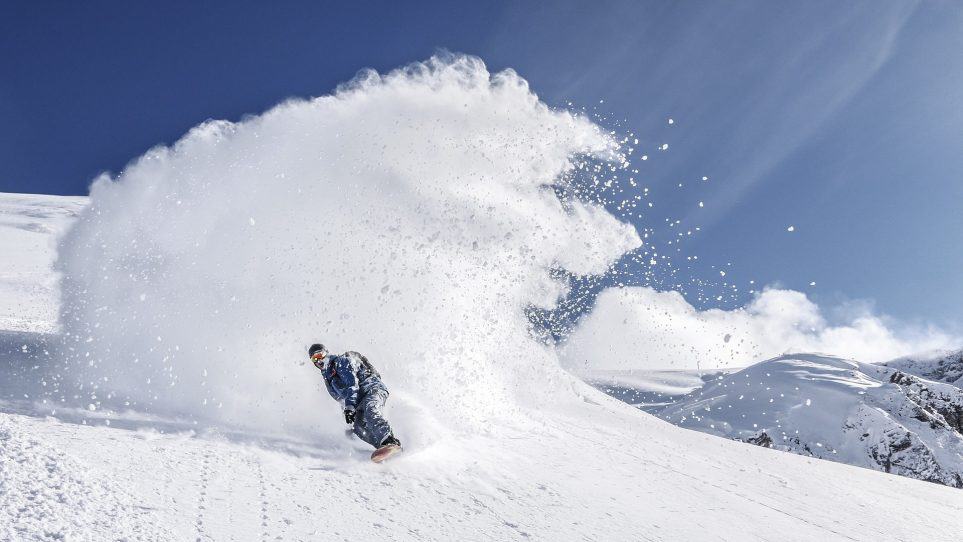Do you enjoy snowboarding during the holidays? Then it’s time to grab your helmet and snowboard and prepare for the upcoming snowboarding season. If you are not active throughout the year some snowboarding specific exercise can have a huge impact on how enjoyable your snow trips will be. And even if you do sports throughout the year, not all activities train the muscles you need when snowboarding. As you take a break from school, also remember to work on your holiday assignments. This way you won’t be wondering, who will write my dissertation for me, when schools re-open.
You will also need to work on you aerobic and cardiovascular endurance, so read on to get a few tips on how to get ready.
Why is Exercising Necessary for Snowboarding Preparation?
If you’ve been snowboarding for a while, you know that snowboarding is a physically demanding activity. Riding powder can be especially hard on your legs. On the other hand, riding groomed slopes can be really easy if you have the right technique. The correct riding technique and form helps you conserve energy, it will also improve your levels of enjoyment and lower chances of injuries while you’re out sliding down slopes.
So together with strength and endurance exercises it is also a good idea to work on your snowboarding skills. Maybe to start the season join a snowboarding class and get a few tips on things you need to improve and work on.
Another thing that influences how much fun you will have snowboarding and how much strength you will need it the equipment. You need the right snowboard for your weight and height and for your riding style. And you need to set it up correctly. This means especially set your bindings and stance angles. A wrong snowboard with poorly set stance that is no right for you will make your snowboarding less enjoyable, will make you tired faster and can even lead to injuries.
With all that being said, lets move on to the actual exercise. Taking part in pre-season training, especially if it’s been a while since you snowboarded, will help you get the most out of your days on the slopes. It’s best to start early, one workout session at your local gym before your snow trip won’t help much. So start at lease a month in advance. So, which muscles should you work on?
Which Muscles facilitate your Movements when you’re Snowboarding?
The muscles that do all the heavy lifting when you’re snowboarding are the hamstrings, quadriceps and your calves. You use these muscles to guide your movements and to push forward. Your leg muscles steady your body on the board and decide which direction you’ll slide down the hill. The core muscles are also engaged to maintain balance as you twist and turn.
Flexibility
Boosting the strength and flexibility of all these muscles ensures that you enjoy snowboarding rather than struggle through it. If you’re a newbie, it’s okay if you experience some soreness. Overtime, your body will get used to it and it will be like second nature. Notice we also said flexibility? Keeping your muscles flexible helps your avoid pulling ligaments or tendons when you’re snowboarding. And not only that, regularly stretched muscles are stronger and more durable. So work on stretching your legs and hip muscles as these will suffer the most during snowboarding.
What should you focus on During Training?
Aerobic Training
Since snowboarding is basically an aerobic exercise, you will likely feel out of breath if you are not fit. So first thing to do and to warm up is to start with some aerobics exercises at your local gym. Things like running, spinning, stair simulator etc…are all a good exercise to build up your endurance and also to train your legs.
Aerobics exercise builds your body’s tolerance for lower oxygen levels. This is especially essential for those who live at low altitude levels.
Build Muscle Strength
There is no way around this if you want to enjoy snowboarding. The strength of your muscles determines how hard and how long you can charge down the hill. When your leg muscles are strong, they will be able to take a whole day of powder runs. The worst this there is is for your legs to cramp up and get tired when there is fresh powder to be ridden. Remember also that the stronger your muscles are, the less likely you’ll get injured out there.
